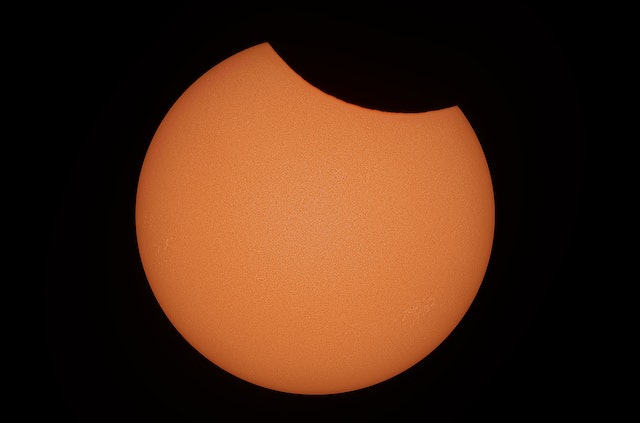Uncovering the mysteries of lunar-induced seismic activity is an ongoing area of scientific research. While the direct influence of the moon on earthquakes is considered to be relatively minor, some studies have suggested that there might be subtle connections worth exploring. Here are some key points to consider: 1. Moonquakes: The moon itself experiences seismic
Uncovering the mysteries of lunar-induced seismic activity is an ongoing area of scientific research. While the direct influence of the moon on earthquakes is considered to be relatively minor, some studies have suggested that there might be subtle connections worth exploring. Here are some key points to consider:
1. Moonquakes: The moon itself experiences seismic activity in the form of moonquakes. These moonquakes were first detected by seismometers placed on the lunar surface during the Apollo missions. They are thought to be caused by tidal forces exerted by the gravitational interaction between the Earth and the moon. Moonquakes can provide insights into the moon’s internal structure and dynamics.
2. Deep Moonquakes: Moonquakes can be categorized into two types: shallow moonquakes, which occur closer to the surface, and deep moonquakes, which originate deeper within the moon. Deep moonquakes are believed to be related to tidal forces exerted by the Earth, suggesting that Earth’s gravitational pull might induce seismic activity on the moon.
3. Earth-Moon Interactions: The gravitational interaction between the Earth and the moon creates a complex system that affects both celestial bodies. It is hypothesized that the Earth’s tidal forces can induce stress on fault lines and potentially influence seismic activity on Earth. Similarly, the moon’s tidal forces, though relatively weaker, could have subtle effects on Earth’s tectonic plates.
4. Research Challenges: Investigating the relationship between lunar-induced seismic activity and earthquakes faces several challenges. Earthquakes are complex phenomena influenced by numerous factors, making it difficult to isolate and quantify the moon’s impact accurately. Additionally, collecting precise data on small seismic events and their potential correlation with lunar phases requires extensive monitoring and analysis.
5. Further Studies: Ongoing research aims to deepen our understanding of lunar-induced seismic activity. Scientists are analyzing long-term seismic data from both Earth and the moon to detect any potential correlations between lunar phases and earthquake occurrence. Sophisticated seismological techniques and improved instrumentation are being utilized to enhance data collection and analysis.
6. Lunar Missions: Future lunar missions, such as those planned by various space agencies, offer opportunities to gain additional insights. Deploying seismometers on the lunar surface, conducting extensive monitoring, and comparing the results with Earth’s seismic data could provide valuable information about the moon’s impact on seismic activity.
While the moon’s influence on earthquakes remains a subject of ongoing research, current scientific understanding suggests that the moon’s effect is relatively minor compared to other geological factors. However, continued investigation into lunar-induced seismic activity can enhance our understanding of the complex interactions between celestial bodies and help unravel the mysteries of Earth’s seismic behavior.

















Leave a Comment
Your email address will not be published. Required fields are marked with *